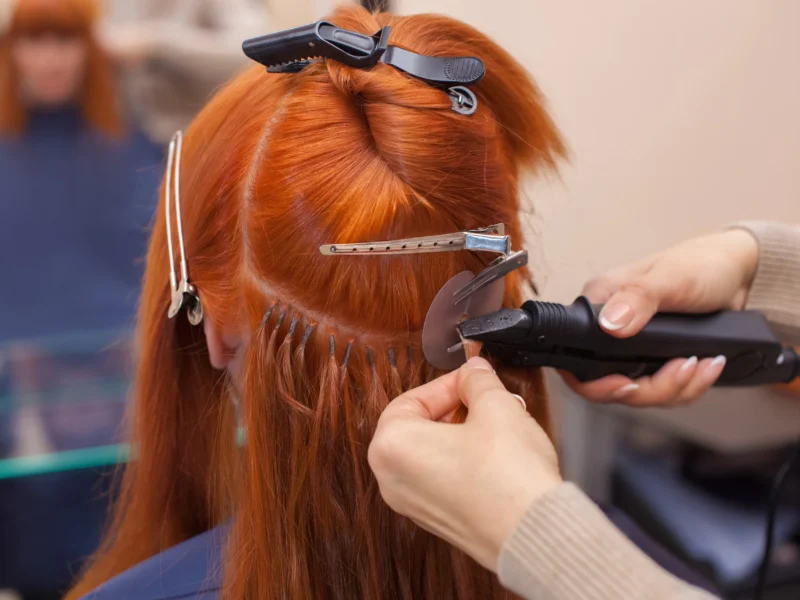Modern vehicles rely on a mix of materials to balance performance, aesthetics, and durability. Among them, plastic components are everywhere—from glossy trim on bumpers and grilles to textured interior panels and dashboards. While lightweight and versatile, plastic can lose its luster over time due to exposure to UV rays, heat, and road grime. This is where plastic parts’ crystal coating steps in—a specialized solution that enhances the look and longevity of plastic surfaces both inside and out.
What Is Plastic Parts Crystal Coating?
Plastic parts crystal coating is a high-performance protective treatment designed specifically for plastic automotive components. Unlike traditional wax or silicone-based dressings that offer short-lived shine, crystal coatings create a hardened layer that chemically bonds to plastic surfaces. The result is a clear, durable, and hydrophobic barrier that offers months—or even years—of protection against environmental wear and tear.
Crystal coatings for plastic are part of the ceramic or nano-coating family, engineered to deliver long-term results on high-touch or highly visible areas of a car.
Why Plastic Surfaces Need Protection
Plastic in cars may not rust like metal, but it’s highly susceptible to damage. Common issues include:
- UV degradation – Fading, chalkiness, and brittleness caused by prolonged sun exposure
- Scratches and scuffs – Especially on door panels, center consoles, and kick plates
- Chemical staining – From bird droppings, road salts, or aggressive cleaners
- Water spotting – On gloss black trim or plastic mirror caps
Exterior plastics—like bumper trim, mirror housings, and roof rails—are often exposed to the same harsh conditions as paintwork. Interior plastics, although more protected, deal with heat buildup and frequent contact. Crystal coating creates a robust defense, maintaining color depth, texture, and finish clarity.
Key Benefits of Crystal Coating for Plastic
1. UV Protection
The coating acts as a UV filter, blocking harmful rays that break down plastic molecules over time. Treated parts maintain their original color and appearance for longer.
2. Enhanced Gloss or Matte Finish
Depending on the product, crystal coatings can either restore a deep matte look or amplify a glossy black sheen, especially useful for piano-black trims or textured bumpers.
3. Resistance to Stains and Chemicals
From road grime to tree sap, treated plastic surfaces resist staining and discoloration. Cleaning becomes easier, and the surface doesn’t absorb contaminants as easily.
4. Improved Hydrophobicity
Water and mud roll off treated surfaces quickly, helping maintain a clean appearance even in bad weather.
5. Scratch Resistance
While not scratch-proof, coated plastics are significantly more resistant to micro-abrasions than untreated ones, especially in high-contact areas like door handles or dashboard panels.
Where Can Plastic Parts Crystal Coating Be Applied?
This treatment can be safely applied to:
- Exterior plastic trim – bumpers, side moldings, mirror housings, and roof racks
- Interior surfaces – dashboard, door panels, center consoles
- Engine bay plastics – fuse box covers, air intake ducts
- Wheel well liners and mudguards
- Headlight or taillight plastic housings (when not polycarbonate-specific)
The key is proper surface preparation. All areas must be cleaned and degreased to ensure maximum adhesion of the coating.
DIY vs Professional Application
Some crystal coating kits for plastic are marketed to DIY enthusiasts, but optimal results typically come from professional application. This includes:
- Surface decontamination – removing previous dressings, oils, and embedded grime
- Precision application – using microfiber applicators or brushes for full coverage
- Curing – allowing proper bonding time, sometimes with infrared lamps
Professionals can also evaluate the type of plastic being treated, as different materials (PP, ABS, PVC) may have unique responses to coatings.
Maintenance Tips After Coating
Once plastic parts have been treated with a crystal coating, keeping them in top condition is simple:
- Use pH-neutral cleaners during car washes
- Avoid abrasive scrubbers or brushes on coated areas
- Rinse off road salts or bird droppings promptly
- Reapply the coating annually if in harsh climates or high-use vehicles
This maintenance routine ensures the benefits of the coating last as long as possible without redoing the process frequently.
Complementing Interior Coating with Functional Accessories
While interior plastic trim looks better with crystal coating, functionality can be enhanced with accessories like trays for cars. These items help keep interiors organized while protecting coated areas from everyday wear, such as items scratching a freshly treated center console or cupholder area.
Final Thoughts
As vehicles become more design-focused and technologically integrated, the condition of every visible component—plastic included—plays a role in resale value and driving satisfaction. Applying plastic parts crystal coating is a smart, long-term strategy to preserve these components from the inside out. Whether you’re a car enthusiast or simply want to maintain your vehicle’s finish with less effort, crystal coatings provide a clear advantage in both appearance and protection.


